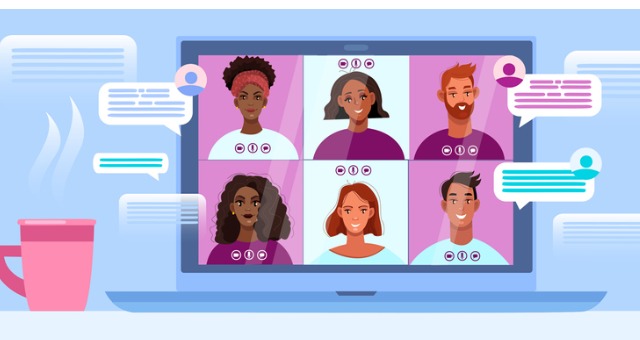This year has placed us all, however unwilling, in Zoom University. Now, weekends are for binge-watching lecture recordings. It’s easy to tire of the everyday routine of Zooming and the stifling feeling of cabin fever, but let’s pause to reflect on some of the positive changes made this school year.
Flexible assessment methods
Exams this year are offered windows of time that range anywhere from six to 72 hours, allowing students to choose when to take their test depending on their time zone, other commitments, and when they feel most productive. To account for technical difficulties, students are also given more time to write exams: Faculty of Science exams, for example, follow the 2x+30 minute rule, which gives students an extra two hours and thirty minutes in addition to the time frame a given test was designed to be completed in. For students who remember how precious the last five minutes of an in-person exam were, having more time is a relief. Additionally, the relative weight of each assignment is more spread out this year. Instead of having heavily-weighted midterms and finals, grades are distributed to numerous assignments and weekly quizzes. While this combats technical glitches that could arise during any single assessment, other students are stressed by the accumulating piles of work. Some professors have also implemented more flexible evaluation systems, such as dropping the lowest quiz score or counting the higher result of two midterms.
Recouping time usually spent commuting
Being sequestered at home constantly can make us realize how much time we spent going from place to place pre-pandemic. Subtract commuting from your apartment to McIntyre, to McLennan Library, to the gym, and you’ve probably saved enough time to write another essay. Furthermore, being in a large online class means that students can sneak in late without easily being noticed. It is much less awkward than being late to an in-person class, mumbling “sorry” while squeezing between seated students to find an empty spot. Similarly, if the Zoom fatigue truly gets to you, pressing “Leave Meeting” is much more subtle than physically exiting a class.
Greater event accessibility
Since shifting to online platforms, many events with restricted access have become open to the public. Students can attend seminars held at other institutions and tune in to conferences happening all over the world. Speakers can give their keynote speeches at events that they previously could not have easily commuted to.
Virtual networking sessions during events are another new reality. Although it may be harder to form personal connections among a sea of black screens, it could also present an opportunity for different, and sometimes less intimidating, types of interactions. For students who are shy to approach a speaker in person, popping into a breakout room could provide a more welcoming space for conversations to begin. Additionally, Zoom displays participants’ names, so potential employers and course professors alike can call students by their names—a precious feature rarely found in Leacock 132 classes.
Rock your outfit and study location
For students who formerly dreamt of attending class in the comfort of their polka-dot pyjamas while stroking their pets, the freedom of being off-camera can be liberating. Behind a blank screen in a Zoom window, students can listen to their lectures while doing whatever their hearts desire with the utmost discretion. By all means, feel free to turn on your camera if you want to share.
Adapting the day to your needs
Early birds and night owls alike can enjoy the flexibility that online classes bring. Students can choose to watch lecture recordings at their own convenience. The option to re-watch lectures is very useful, as it helps to reinforce information before evaluations. Although most Faculty of Science classes were recorded pre-COVID, many Faculty of Arts classes were not. Students who missed lectures usually asked their peers for notes, but hearing a professor deliver the material can allow for a better understanding of course material. Zoom has demonstrated the importance of recording live lectures, especially for students with disabilities who cannot go to campus. This essential accessibility feature will hopefully continue in many McGill courses post-COVID.
In adjusting to virtual learning, changes to evaluation methods and greater event accessibility have often proven to better accommodate students’ unique situations and preferences. As we eagerly anticipate the return to campus life in Fall 2021, let’s remember the positive lessons of virtual learning, such as the importance of being flexible and understanding of others, into the post-COVID future.









